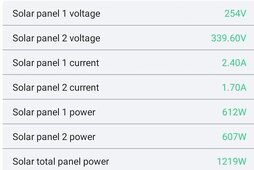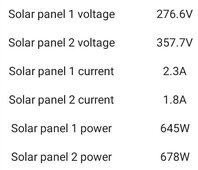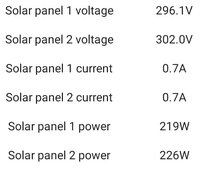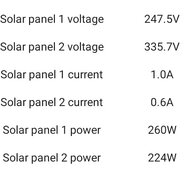zanydroid
Solar Wizard
Hmm, ok, so if disconnect is open effectively the resistance of the panels is added to the load induced by the multimeter. Though that should be a high impedance measurement already.I wasn't sure who to quote but this seems best for my Voc thoughts/ramblings.
When measuring a single panel Voc, its completely isolated and easy to match specifications.
Once you start introducing other variables, like a lot of other panels in series, you are introducing resistance, possibly proportional to the length of the string. I suspect that with this added resistance, you aren't really measuring Voc but rather a lightly loaded set of panels.
I wonder if this means "some" current should be detected within the string?







